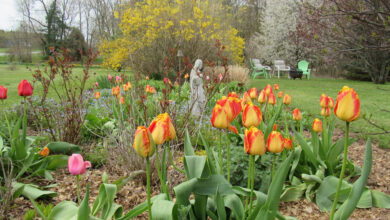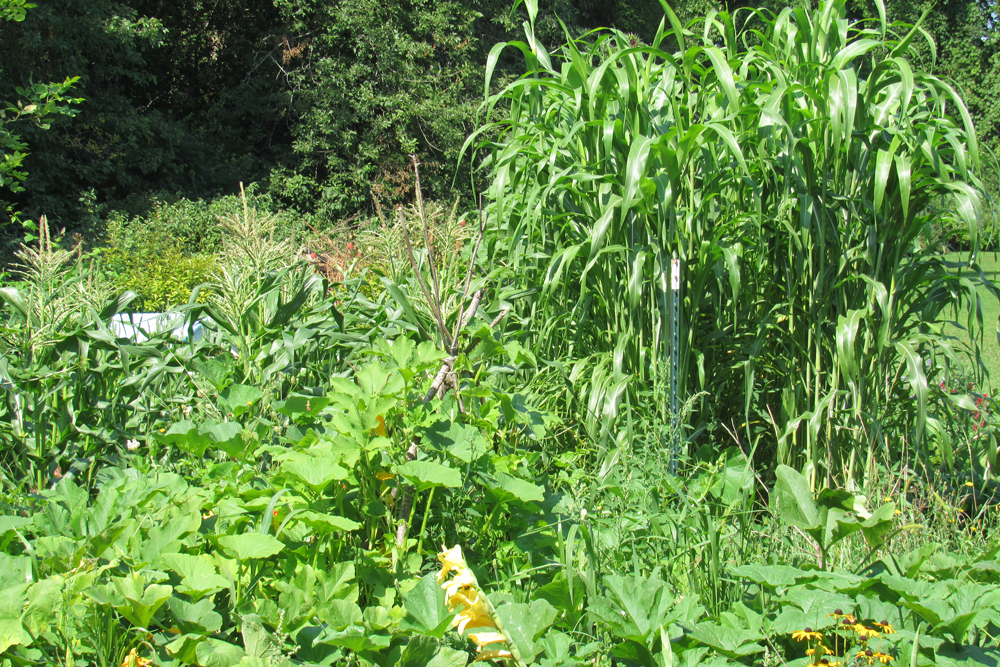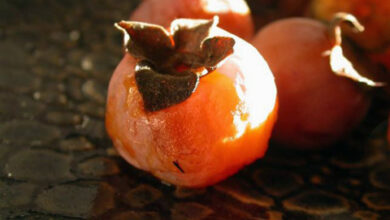Spotted Lanternfly
You’ve probably already heard about the spotted lanternfly, the latest in the growing list of invasive pests which threaten local agriculture. The unwelcome insect is closing in on Western New York and you can help in the fight to stop its spread.
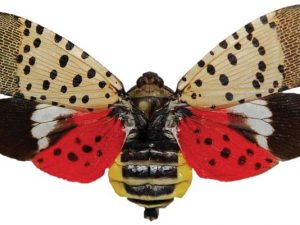 In September, the New York State Departments of Environmental Conservation (DEC) and Agriculture and Markets (DAM), confirmed that a single adult spotted lanternfly was discovered in a vehicle in the Capital District and another single adult insect was reported on private property on Keuka Lake in Penn Yan, Yates County.
In September, the New York State Departments of Environmental Conservation (DEC) and Agriculture and Markets (DAM), confirmed that a single adult spotted lanternfly was discovered in a vehicle in the Capital District and another single adult insect was reported on private property on Keuka Lake in Penn Yan, Yates County.
According to Cornell University, the spotted lanternfly has the potential to severely impact New York State’s agricultural and tourism industries. State Agriculture Commissioner Richard Ball has said that it is critical to monitor for and control this invasive species, “which can weaken plants and have a devastating impact on our farm crops and agricultural production, especially apples, grapes and hops.”
Spotted lanternfly feeds on more than 70 plant species including tree-of-heaven (itself an invasive plant) as well as maples, apple trees, stone fruit trees and hops.
The feeding stresses the plants and makes them vulnerable to disease and attacks by other insects.
Additionally, the spotted lanternfly excretes large amounts of “honeydew,” a sticky substance which attracts sooty molds. The molds interfere with plant photosynthesis and negatively affect growth and plant yield. The honeydew produced by the spotted lanternfly attracts swarms of insects and has the potential to hinder quality of life.
Adult spotted lanternfly are active from July to December, Cornell University says. They have eye-catching wings and are approximately one-inch long, and half an inch wide at rest. Adults lay eggs in September and October.
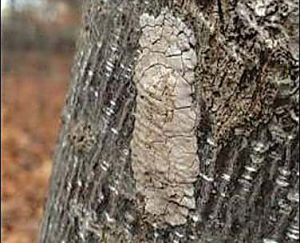
Here are signs of spotted lanternfly infestation:
•Sap oozing from or weeping from open wounds on tree trunks. The wounds appear wet and give off fermented odors.
•One-inch long egg masses that are brownish-gray, waxy and mud-like when new. Old egg masses are brown and scaly.
•Massive honeydew build-up under plants, sometimes with black sooty mold developing.
Officials need your help in the effort to stop the spotted lanternfly. State agencies are asking the public to report any sightings and send any photos to: spottedlanternfly@dec.ny.gov. Note the location where the insect was found, egg masses and/or infestation signs.
State agency officials advise to inspect outdoor items such as vehicles, furniture, and firewood for egg masses. If you are visiting quarantine areas of Pennsylvania and New Jersey, thoroughly inspect your vehicle, luggage and gear for spotted lanterfly egg masses and scrape them off before leaving.
Cornell University explains that the spotted lanternfly eggs are laid on any smooth surface including plants, tree trunks, stones and bricks. This means that egg masses may be spread unknowingly. Each egg mass has 30 to 50 eggs which overwinter. The spotted lanternfly produces one generation per year.




